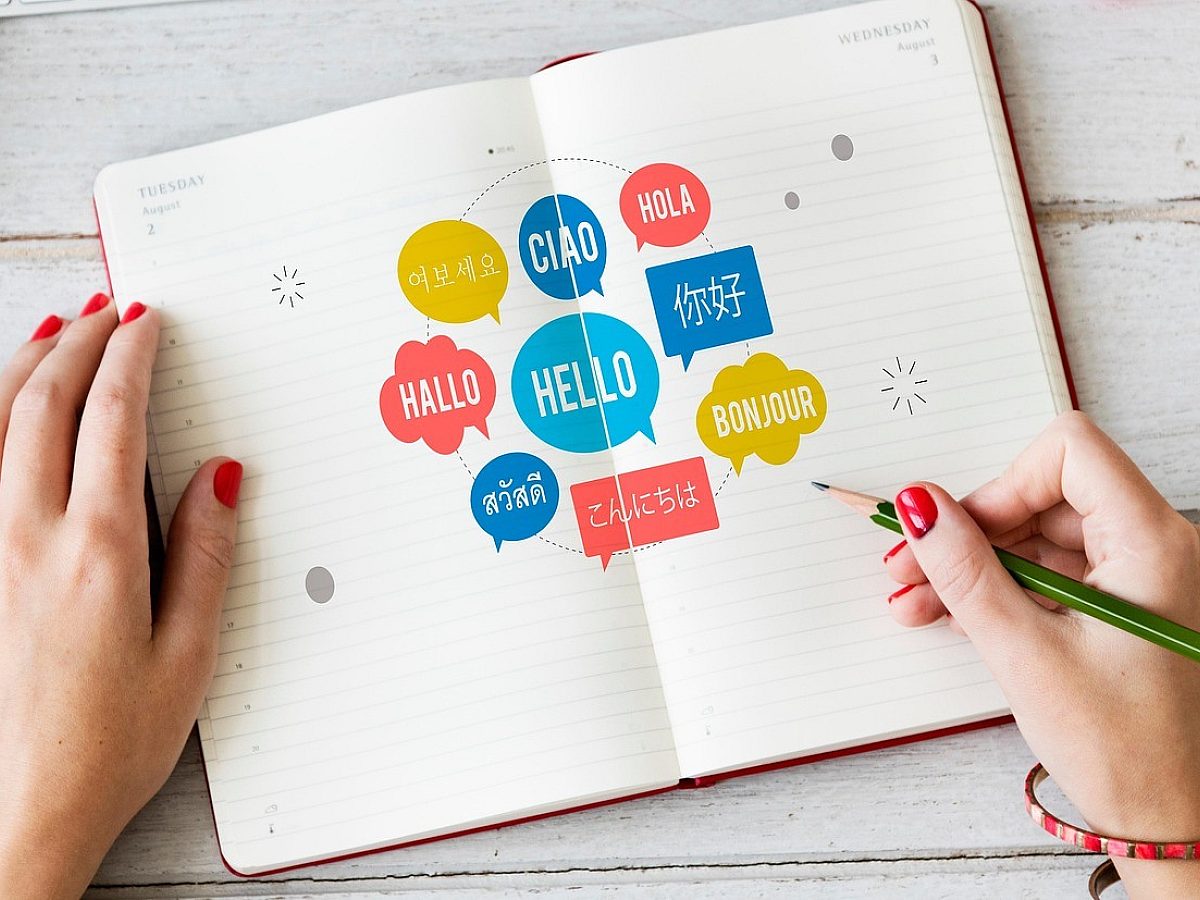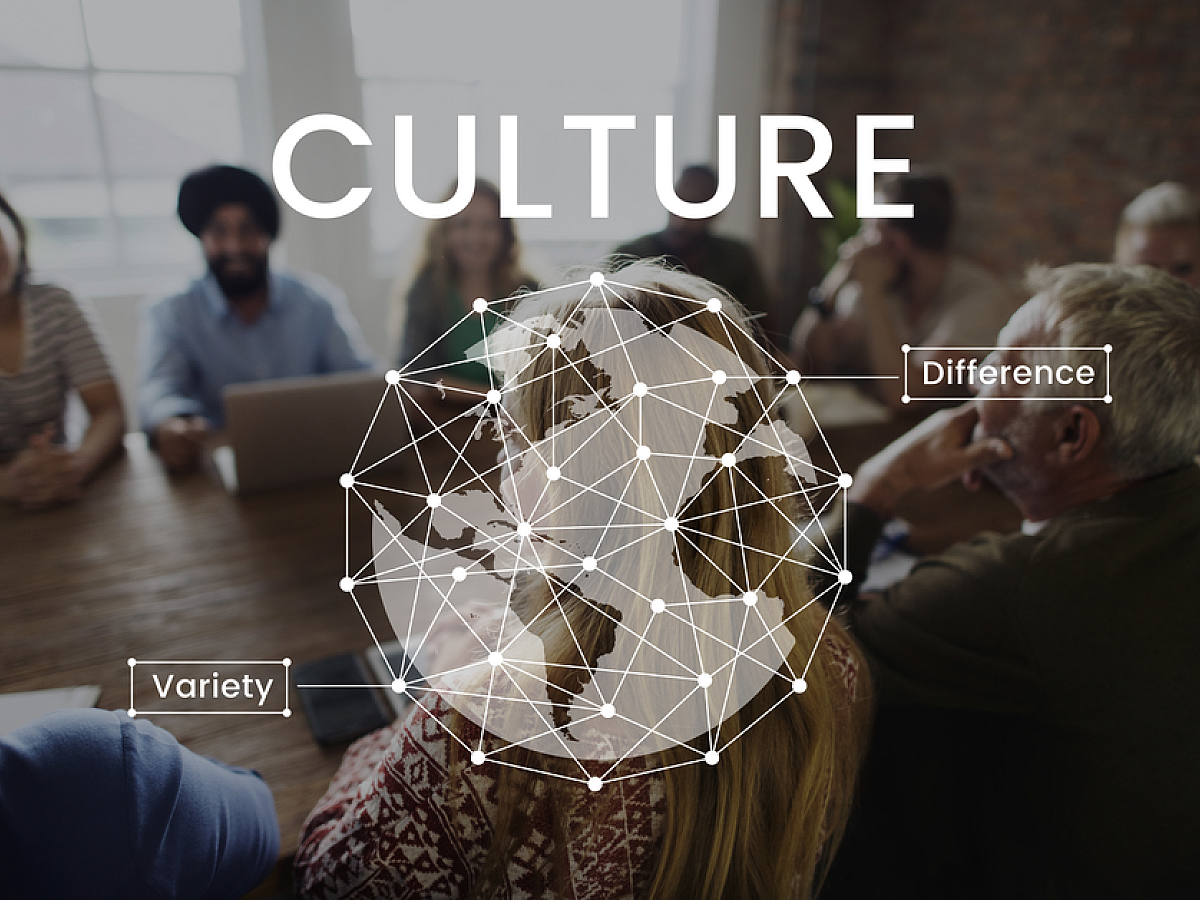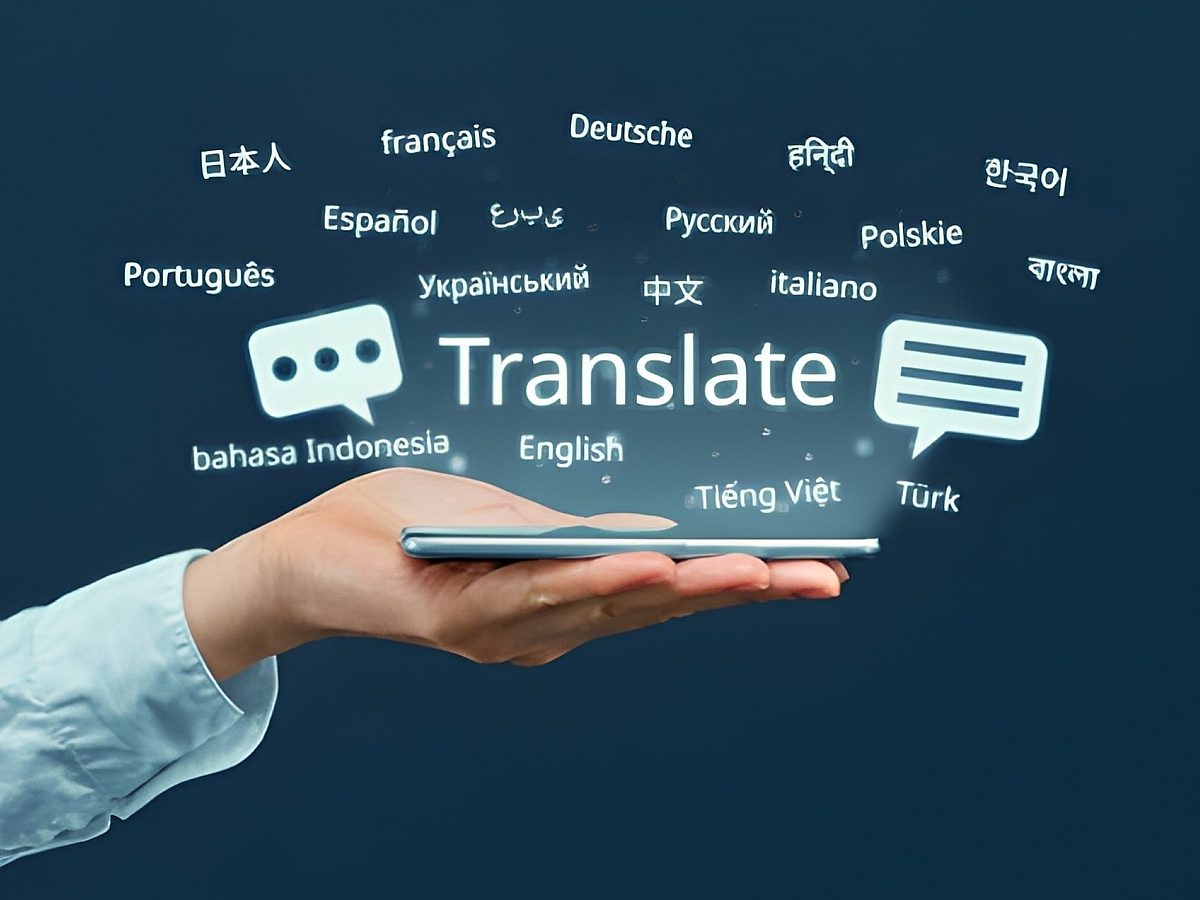Whether you’re reaching new international markets, localizing your website, or producing multilingual video content, how you approach translation can make or break your message.
One of the biggest decisions companies face is whether to use human translation, rely on machine translation, or take a hybrid approach that combines the strengths of both. Each method comes with its own advantages, limitations, and best-use scenarios.
In this blog, we’ll explore the key differences between human vs machine translation, how to determine what’s right for your business, and where hybrid translation workflows come into play.
Understanding Machine Translation
Machine translation (MT) refers to the use of artificial intelligence (AI) to automatically translate text from one language to another. Thanks to advancements in neural machine translation (NMT), tools like DeepL and Google Translate have grown increasingly accurate in recent years.
The biggest advantage of machine translation is speed. Large volumes of content can be translated almost instantly. For businesses that need to quickly process emails, customer feedback, or product descriptions in multiple languages, AI can be a valuable tool. It’s also highly scalable and cost-effective, making it a good fit for translating low-priority or internal documents where perfection isn't required.
However, AI translation has its limitations. While machines are great at understanding literal meaning, they struggle with cultural nuance, tone, idioms, humor, and context—all of which are critical when accuracy matters. For example, machine translation might misinterpret legal terminology or produce awkward phrasing in marketing content. In industries like law, medicine, or finance, even a minor error could have serious consequences.
So, is AI translation reliable? It depends on the use case. For informal content or first-draft translation, it can be incredibly helpful. But if your message needs to be clear, persuasive, or legally compliant, machine translation alone may not be enough.
Why Human Translation Still Matters
Despite the rise of automation, human translators remain essential for high-quality, nuanced communication. Professional translators bring deep linguistic expertise, cultural understanding, and subject matter knowledge that machines simply can’t replicate.
Human translators consider tone, regional dialects, and the purpose of the content. They adapt messaging to resonate with the target audience and ensure that the final text reads naturally, not like a direct, robotic translation. This is especially important when translating emotionally driven content such as advertisements, educational material, or legal documents.
One of the key benefits of human translation is contextual accuracy. A qualified translator will understand the difference between homonyms, idioms, and legal jargon, ensuring the correct interpretation of complex phrases. They also maintain brand voice and consistency across different pieces of content—something AI cannot guarantee.
Of course, the trade-off is time and cost. Human translation takes longer and requires more resources, especially for large-scale projects or rare languages. However, when it comes to mission-critical content, there’s simply no substitute.
Comparing Human vs Machine Translation
The question of human vs machine translation isn’t about which one is universally better—it’s about what’s best for the task at hand. Machine translation offers speed and affordability, while human translation provides accuracy and cultural relevance.
For example, translating internal training materials or product data sheets for your global team may not require human perfection. Machine translation could do the job quickly and at scale. On the other hand, translating a contract, a patient consent form, or a company brochure demands clarity, precision, and emotional resonance—areas where human translators shine.
Many businesses are now embracing hybrid translation workflows, which combine the strengths of both. Machine translation is used to produce the initial draft, and then professional translators refine and correct the text in a process known as post-editing. This approach strikes a balance between speed, cost, and quality.
When Accuracy Is Non-Negotiable
There are certain industries and scenarios where relying solely on machine translation is risky. Take` legal content, for instance. Poor translation of a clause or regulation can lead to lawsuits, penalties, or contractual disputes. In healthcare, mistranslating medical instructions or prescriptions can put patients’ lives at risk.
In these cases, professional translation is not just a preference—it’s a necessity. Businesses in regulated industries should always choose certified human translators who understand industry terminology and compliance standards.
Even in marketing and brand communication, language is more than just words—it’s about connection, emotion, and trust. A slogan that sounds clever in English may fall flat or even offend when translated word-for-word by a machine. A human translator ensures that your brand’s message carries the same impact across cultures and languages.
The Hybrid Future of Translation
At Wolfestone, we specialize in delivering hybrid translation services that are both efficient and precise. Our process includes machine pre-translation, followed by meticulous human post-editing, ensuring that your content is accurate, culturally appropriate, and ready for a global audience.
This approach is particularly valuable for organizations dealing with large volumes of content across departments or countries. It allows you to maintain consistency, scale your communications, and reduce costs—all while protecting your brand and message integrity.
Final Thoughts
Choosing between human and machine translation is not a binary decision. It depends on your business goals, content type, audience, and industry. While machine translation is suitable for quick, informal, or internal documents, human translation is irreplaceable when it comes to nuance, accuracy, and emotional resonance.
In many cases, the smartest solution is to combine both: let the machine handle the bulk, and let humans refine and elevate the message. This hybrid model is not only more cost-effective—it’s the future of global communication.
At Wolfestone Group, we offer AI-powered translation backed by ISO-certified linguists to help you reach your audience with confidence and clarity.
Ready to find the right translation solution for your business?
Contact our team today and discover how we can support your multilingual communication goals.




